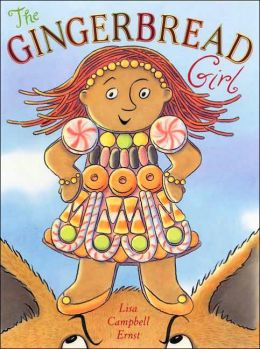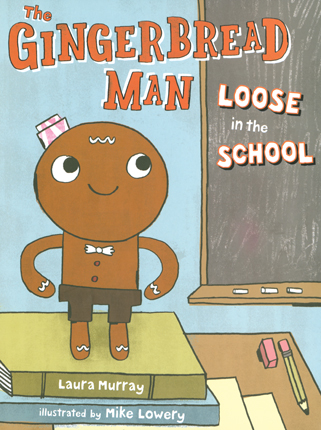Brett,
J. (1999). Gingerbread baby. New York: Putnam.
Dennis,
R., & Lyon, T. (2013). The Gingerbread Bear. New York, N.Y.:
Cartwheel Books.
Ernst,
L. C. (2006). The Gingerbread Girl. New York: Dutton Children's Books.
Ernst,
L. C. (2011). The Gingerbread Girl goes animal crackers. New York:
Dutton Childrens Books.
Hancock,
M. R. (2000). A celebration of literature and response: children, books, and
teachers in K-8 classrooms. Upper Saddle River, N.J.: Merrill.
Murray,
L., & Lowery, M. (2011). The gingerbread man loose in the school.
New York: G.P. Putnam's Sons.
Scieszka,
J., & Smith, L. (2002). The stinky cheeseman (10th anniversary ed.).
London: Puffin.
Squires,
J., & Berry, H. (2006). The Gingerbread Cowboy. New York: Laura
Geringer.









